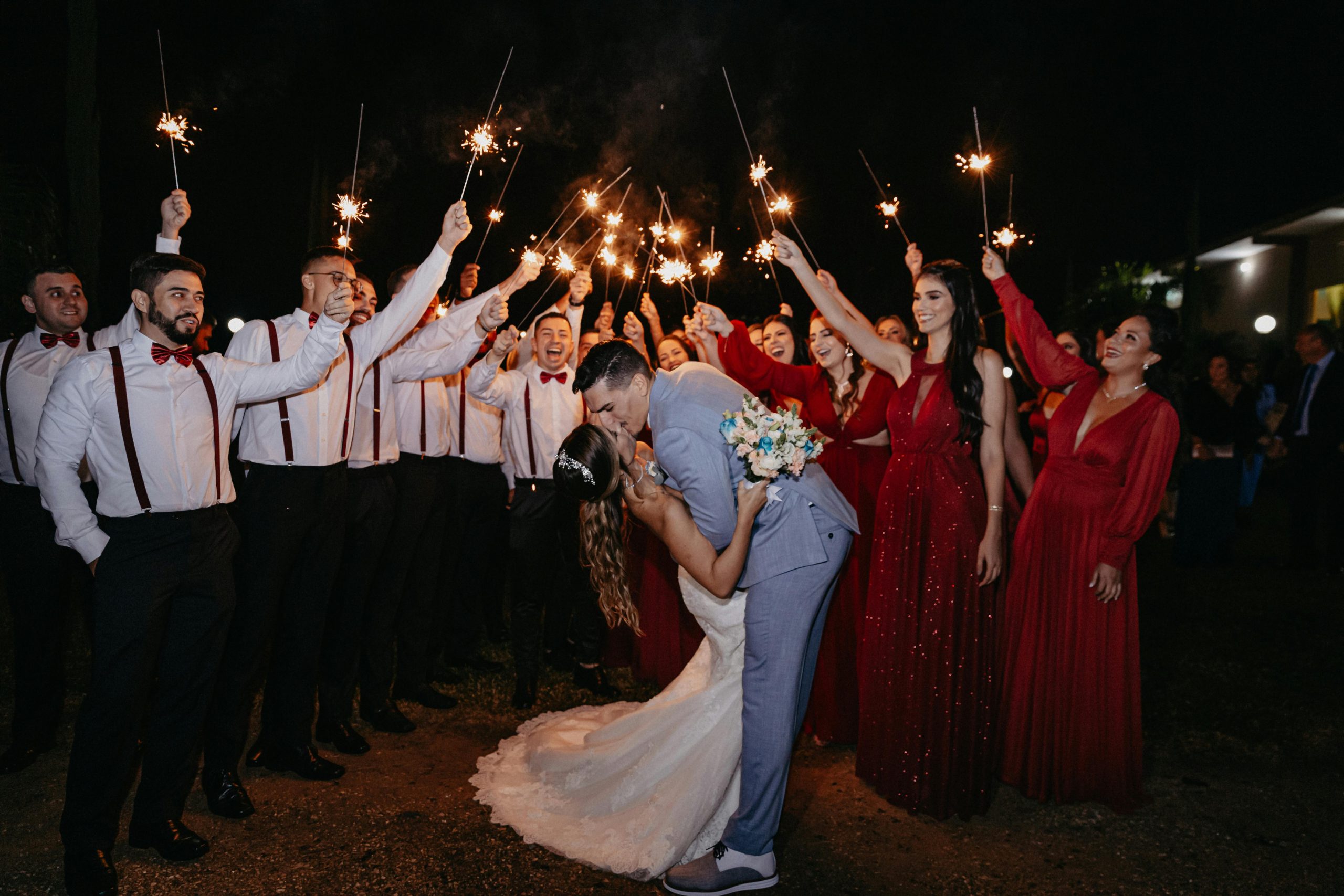Wedding Photobooks vs. Traditional Albums: What’s Best for Modern Couples?

You’ve tied the knot, danced the night away, and now you’re sitting on a hard drive full of stunning wedding photos. What’s next? For many newlyweds, the answer is a wedding album—but here’s where things get tricky.
Should you go for a sleek modern wedding photobook, or stick with a traditional photo album like your parents had? At first glance, they might seem similar. Both are places to hold memories. But when it comes to design, durability, and usability, there are real differences that can affect your long-term enjoyment.
Let’s dive into what sets wedding photobooks and traditional albums apart—and which option might be better for couples today.
What Is a Wedding Photobook?
A wedding photobook is a professionally printed book that integrates your wedding images directly into the layout. Think of it less like a binder with physical photos and more like a coffee-table-quality printed book complete with custom design and binding.
Instead of sliding prints into sleeves or attaching them with adhesive corners, the images are printed directly onto high-quality pages. Many couples today opt for photobooks because of their sleek, modern aesthetic and easy customizability.
What Is a Traditional Wedding Album?
A traditional wedding album features printed photos that are manually placed onto each page. These albums often use photo sleeves, adhesive backing, or corner mounts to secure the images in place. While the layouts are fairly standard, many traditional albums also include decorative touches like embossed covers, tissue overlays, and thick, padded boards.
This format draws on a legacy of preservation, often passed down through generations—especially before digital photography became the norm.
Key Differences Between Wedding Photobooks and Traditional Albums
Let’s break down the main differences between these two keepsake options to help clarify your decision.
1. Customization and Design Flexibility
Modern wedding photobooks often come with easy-to-use design software or services where you can choose page layouts, backgrounds, captions, and even fonts. The result feels polished—like a professionally published book of your love story.
Traditional albums, on the other hand, provide less design freedom. You’re limited by physical space, and layouts are often uniform. If you want a personalized look, it often comes at the cost of time-consuming DIY assembly.
2. Image Quality and Printing
Photobooks print your images using digital photo presses or fine art printing methods directly onto the page, which creates a seamless look. You won’t deal with photo curls, inserts slipping out, or adhesive yellowing over time.
In traditional albums, your printed wedding photos must be inserted manually—either as loose prints or mounted professionally. While high-end prints can still look beautiful in these books, over time they may suffer from wear and tear unless handled very carefully.
3. Durability and Longevity
There’s no question that both formats can last if well made. Still, photobooks tend to be more durable in daily use because they eliminate parts that come loose over time, such as plastic sleeves or glue.
A well-bound photobook with archival-quality paper can last decades without degradation, so long as it’s stored with care. Traditional albums, though nostalgic, are more prone to aging issues unless you invest in professional mounting and high-grade materials.
4. Aesthetic Appeal
Photobooks have a modern, refined feel. The pages are designed as cohesive layouts, so your wedding day tells a visual story. They also come in minimalist, elegant covers that look beautiful on display.
Traditional albums carry a vintage charm and emotional heft. There’s something undeniably sentimental about seeing the very same type of album your family might’ve used in prior generations.
Ultimately, it depends on whether you want your keepsake to reflect contemporary elegance or nostalgic tradition.
5. Ease of Sharing
Photobooks often come with an option for digital backups or online versions that you can share with friends and family. It’s easy to reorder copies for parents or even make a mini version as a gift.
With traditional albums, reproductions aren’t so simple. You’d have to reprint physical photos and reassemble the album if you lose it—all of which requires more manual effort and expense.
What Modern Couples Tend to Choose (And Why)
More often than not, today’s couples lean toward photobooks. Why?
- They fit well into modern, minimalist aesthetics. Sleek covers, unobtrusive layouts, and professionally bound pages feel aligned with today’s home decor.
- They’re easier to design and order. Thanks to online tools, you can create your wedding book in just a few hours without hauling out scissors and glue.
- They feel more like a “real” book. Instead of a scrapbook or binder, you’re left with something that looks like it came off a bookstore shelf—one that’s uniquely yours.
That said, there’s still a place for tradition. Couples who value hands-on craftsmanship or sentimental pieces that echo family history may still prefer traditional albums despite the added effort.
Cost Comparison: Is One Format More Budget-Friendly?
Generally speaking, high-end photobooks and traditional albums can cost a similar amount upfront—anywhere from $100 to well over $500 depending on materials and size.
However, photobooks often give you more bang for your buck when it comes to included features:
- Custom layouts and design tools are typically built in.
- You save on printing individual photos.
- Reprinting or sharing digital versions is easier and more affordable.
Traditional albums can become costly once you factor in high-quality photo prints, custom binding, and professional assembly services. DIY versions can save money, but often lack the polish modern couples seek.
When to Choose a Wedding Photobook
A photobook might be your best bet if:
- You’re drawn to clean, modern aesthetics.
- You want to easily share the book with loved ones or online.
- You prefer a hassle-free, time-efficient way to create a polished keepsake.
They’re particularly popular among couples who hire wedding photographers that deliver digital images, making it seamless to upload them and create a book.
When a Traditional Album Might Make Sense
Traditional albums can still be a great option if:
- You value handcrafted experiences and heirloom-like detail.
- Your wedding involved film photography or printed images from the start.
- You’re incorporating legacy photos or want a tactile, scrapbook feel.
In some families, a traditional album is a gesture of continuity. If you’re planning to pass your album down, it may carry a more emotional resonance presented in a classic format.
Should You Do Both?
Actually, yes—many couples do.
Some choose a premium wedding photobook to celebrate their big day and keep a smaller traditional album or scrapbook for behind-the-scenes moments, handwritten notes, or even entries from their wedding guest book. Combining both styles lets you meld modern elegance with sentimental charm.
Conclusion: Choosing the Right Wedding Album for You
At the end of the day, there’s no one-size-fits-all answer when choosing between a wedding photobook and a traditional album. Both have their strengths. Photobooks offer a polished, modern way to revisit your wedding day with clean design and long-lasting quality. Traditional albums bring hands-on nostalgia and emotional depth, perfect for those who value a crafted legacy.
What matters most is how you want to experience your memories. Take some time to think about what suits your aesthetic, lifestyle, and how you plan to share your story in the years ahead.
And while you’re thinking about how to preserve the magic of your day, don’t forget the earlier part of the experience too. Capturing messages from your guests in a beautiful wedding guest book can add another meaningful piece to your wedding story.
So, photobook or album? In the end, whatever speaks to your heart—and fits your bookshelf—is the best choice.



